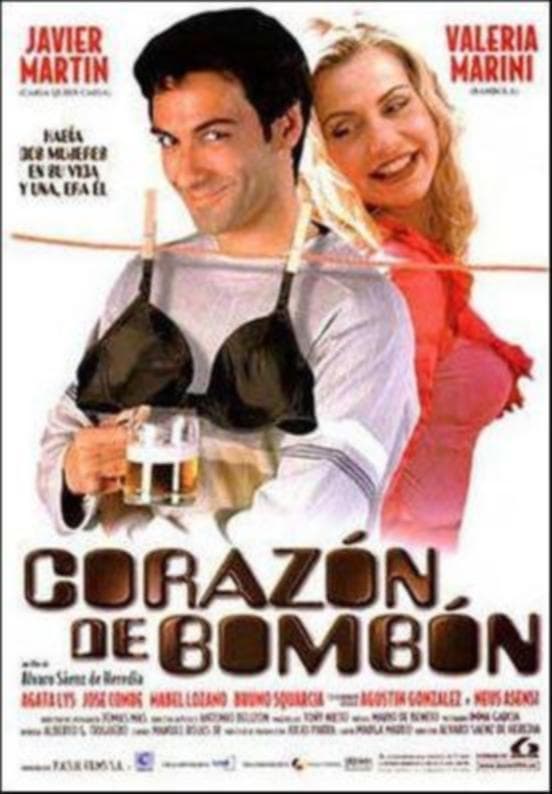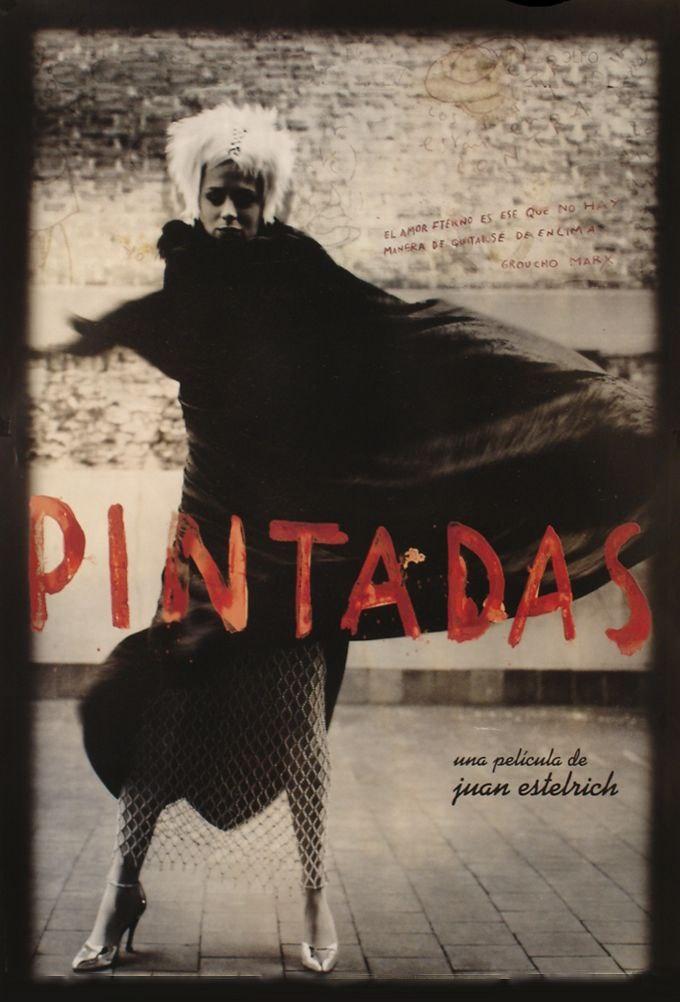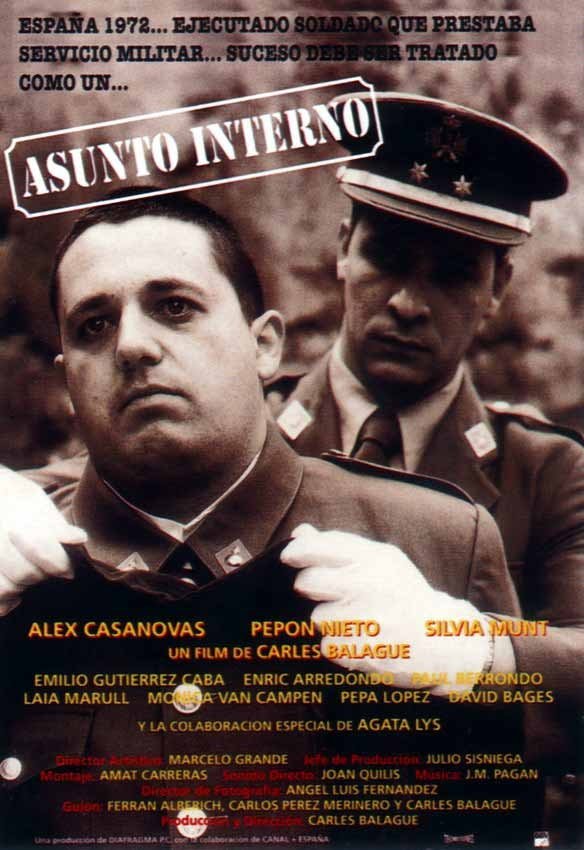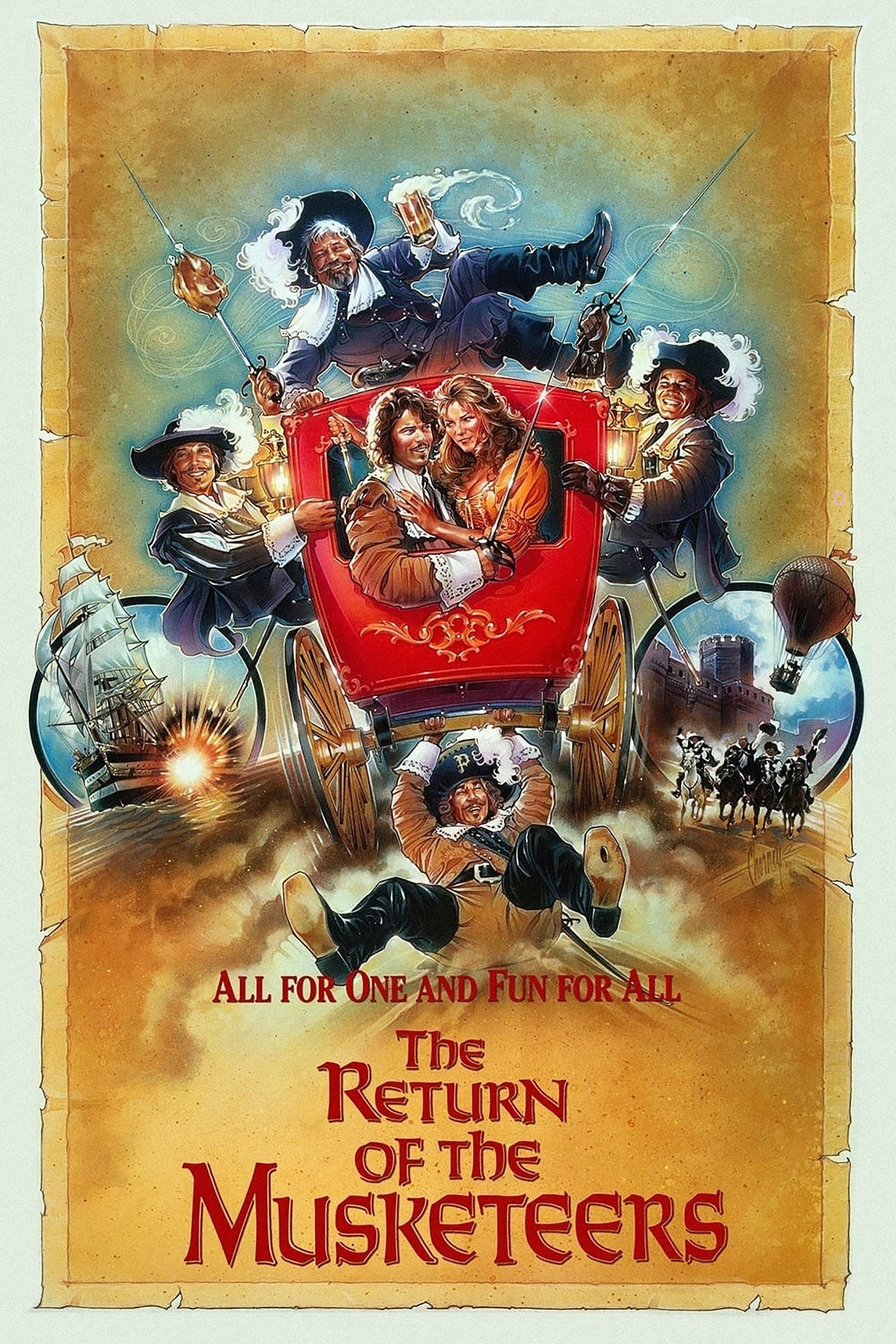


Luis must pass himself off as a woman when he is discovered at the home of one of his lovers. In his role as a woman he meets another woman, with whom he strikes up a friendship or something more.

Diego and Clara have met recently and suddenly have the urge to live together. Afterwards, They find a house to live in. However, strange things start to happen.

In the early 70s, a rather backwards young soldier with serious family problems finds himself stationed in a small village in Spain's Levante. Secretly in love with a young village girl, Pere slips into her room one night. When he is discovered, the soldier reacts with spontaneous violence, creating an embarrassing problem for the military that the brass decide to handle--expeditiously-- as "an internal affair."

A young girl, after failing an exam, is forced by her father, a taxi-driver, to learn his profession. Soon she discovers that her father is not only a driver but also a member of a racist group eliminating immigrants, homosexual, transvestite, etc. people. She also falls in love with a boy, also a taxi-driver and a "socio" of the group.

It's 1649: Mazarin hires the impoverished D'Artagnan to find the other musketeers: Cromwell has overthrown the English king, so Mazarin fears revolt, particularly from the popular Beaufort. Porthos, bored with riches and wanting a title, signs on, but Aramis, an abbé, and Athos, a brawler raising an intellectual son, assist Beaufort in secret. When they fail to halt Beaufort's escape from prison, the musketeers are expendable, and Mazarin sends them to London to rescue Charles I. They are also pursued by Justine, the avenging daughter of Milady de Winter, their enemy 20 years ago. They must escape England, avoid Justine, serve the Queen, and secure Beauford's political reforms.
Actress (b. Valladolid, Spain, Dec. 3, 1953). After having studied simultaneously Philosophy and Art and Speech (both careers remained unfinished), she became a household name overnight as one of the pretty and "bespectacled" hostesses of the top-rated TV contest "1, 2, 3, Responda Otra Vez", where she popularized what was going to be her early screen persona: platinum blonde-dyed hair, provocative ways and a sensuality always ready to break out. She made her film debut in 1972, at 19, and acquired an enormous popularity thanks to her tremendous sex-appeal and a clever promotion campaign that exploited a certain similarity between her looks and those of the late Marilyn Monroe to the extent of making a successful movie named precisely "The New Marilyn" (1976). She kept this image for a while (especially in her spectacular TV appearances in the mid-70s), but eventually got tired of it and decided to cut off her hair completely (she did it herself with a pair of scissors borrowed from a filming kit) and let it grow its natural dark colour again. Blonde or brunette, Lys grabbed a long string of femme fatale roles in films of each and every genre (thrillers, comedies, dramas, westerns, etc.) and turned into some kind of domestic myth at that time. (She also had the advantage of owning a fine diction that matched her thought-provoking voice perfectly, so, unlike some other actresses of that era, she didn't need to be dubbed.) Anyway, after leading her bold image one step further in the late 70s, she decided to stop making films and concentrate on her theatrical work, that she had started in 1973 playing Dª Inés de Ulloa in Zorrilla's "Don Juan Tenorio" with her own company. In the 1980s she focused her activity on recording music (which she did with real gusto and vocal dexterity), performing in both musical shows and dramatic or comic plays in which she displayed an image far removed from the one that shot her to fame and even making more sporadic appearances on TV (playing, for example, a splendid Portia on a small-screen adaptation of Shakespeare's "The Merchant Of Venice"). The late 80s saw her returning to the movies and scoring some films of uneven success and quality, although she has always risen to the occasion. In any case, she is still an underestimated actress, though she has proved capable of giving such amusing characterizations as that of "Avisa A Curro Jiménez" (1978), where she seemed almost unrecognizable. Now she leads a rather reclusive life when not working (in contrast to the antics and eccentricities of her early career) and, although she has never married, she enjoys a very stable relationship with Fernando, her partner of some 20 years. Hers is really one of those examples of body-with-a-brain-on-top-to-match, and hopefully she will still be around for a large number of years. - IMDb Mini Biography By: alberto mallofré
By browsing this website, you accept our cookies policy.